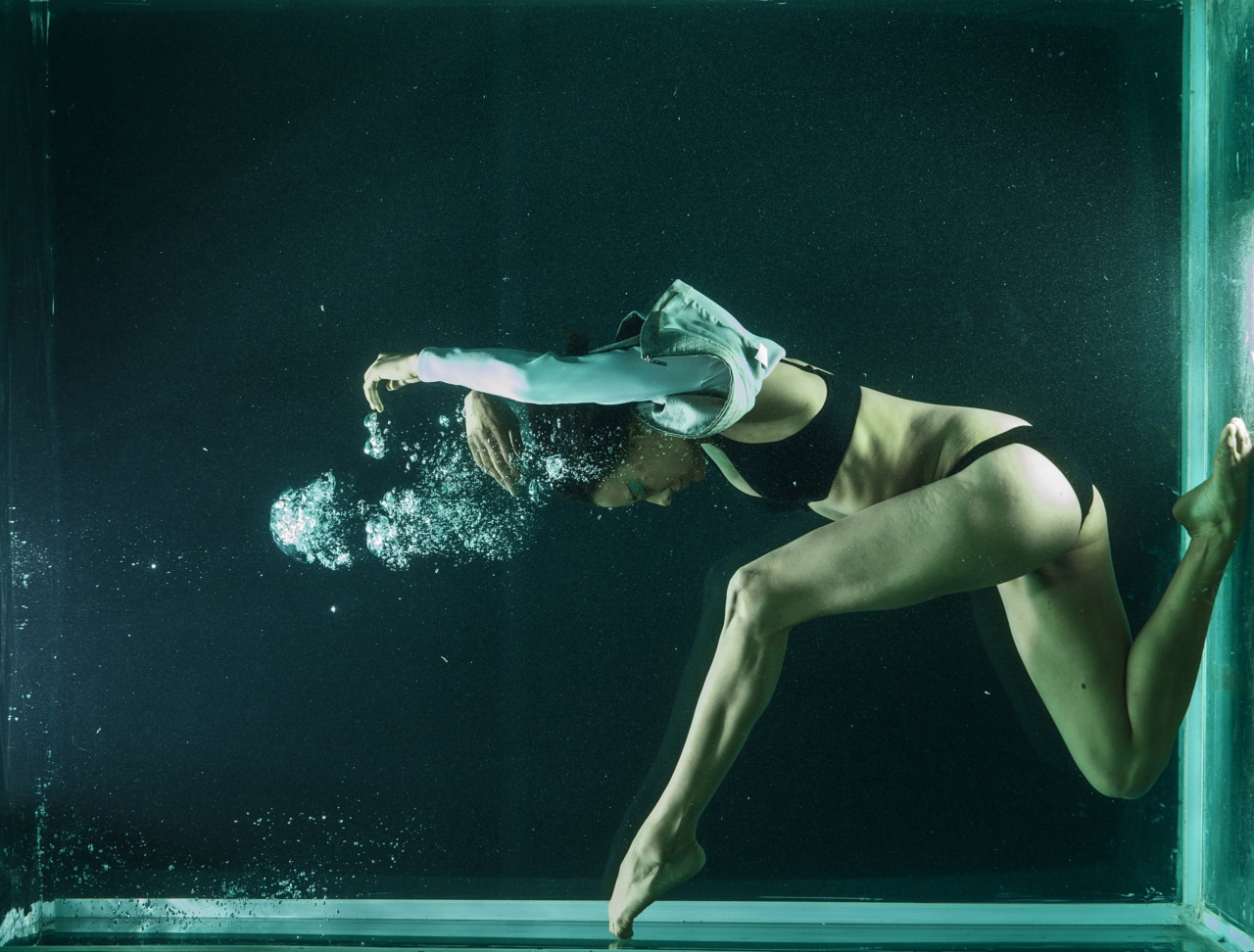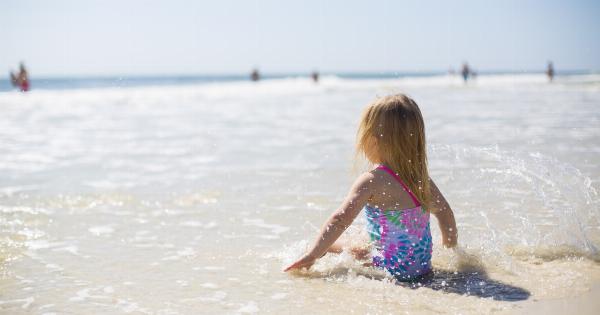Have you ever wondered why your fingers and toes develop wrinkles after being submerged in water for a long time? This phenomenon, known as “pruned” or “wrinkled” skin, can be quite perplexing.
In this article, we will explore the science behind why our skin wrinkles in water and uncover the fascinating reasons behind it.
The Role of Water in Skin Pruning
Before we delve into the reasons why skin wrinkles in water, it is important to understand the role of water in this process.
When you spend a significant amount of time in water, whether it’s swimming, taking a bath, or doing the dishes, your skin absorbs water through its outermost layer, known as the stratum corneum. This outer layer of skin acts as a protective barrier against environmental factors, including excessive water absorption.
Water and the Stratum Corneum
The stratum corneum is composed of dead skin cells that are rich in keratin, a protein responsible for providing strength and structure to the skin.
This layer also contains natural oils, such as sebum, which help to retain moisture and maintain the skin’s elasticity. When water comes into contact with the stratum corneum, it is absorbed into the dead skin cells and disrupts the natural balance of oils.
Osmosis and the Shrinking Effect
One of the key mechanisms behind skin wrinkling in water is osmosis.
Osmosis is the process by which water molecules move from an area of lower solute concentration to an area of higher solute concentration, aiming to balance the concentration on both sides of a membrane. In the case of skin pruning, the higher solute concentration is within the skin cells, while the lower solute concentration is in the surrounding water.
Skin Contraction and Wrinkling
As water is absorbed into the skin cells through osmosis, the cells swell and expand. However, the expansion is limited by the tight junctions between the cells, resulting in a contraction of the skin.
This contraction is what causes the characteristic wrinkling appearance on the surface of the skin.
Evolutionary Perspective
While skin pruning may seem like an inconvenience or an aesthetic concern, it actually serves a useful purpose.
Researchers believe that the wrinkling effect may have evolved as an adaptation to improve our grip on wet objects or when walking on wet surfaces. The wrinkled skin acts as a kind of channeling mechanism for water, allowing it to be dispersed quickly and efficiently, and enhancing our grasp.
Neurological Factors
The process of skin wrinkling in water is not solely determined by osmosis and cellular contraction. Recent studies have found that neurological factors also play a role.
The nerves in our fingers and toes, known as the sympathetic nerves, regulate blood flow to these areas. When the skin is exposed to water, these nerves trigger blood vessels to constrict, reducing blood flow to the skin’s surface and facilitating the wrinkling process.
Water Temperature and Pruning
Interestingly, the degree of skin pruning can be influenced by the temperature of the water. Research has shown that warmer water leads to more pronounced wrinkling, while colder water results in milder or no wrinkling at all.
This temperature-dependent response suggests that thermal receptors in our skin may be involved in coordinating the wrinkling effect.
Impact on Skin Health
While skin pruning is a temporary and harmless phenomenon, prolonged exposure to water can have negative effects on the skin.
Excessive water absorption can disrupt the skin’s natural lipid barrier, leading to dryness, irritation, and increased vulnerability to infection. Therefore, it is important to moisturize the skin after prolonged water exposure and maintain a healthy skincare routine.
Preventing and Treating Pruned Skin
If you find wrinkled skin bothersome or uncomfortable, there are several ways to prevent and alleviate the condition. Firstly, you can minimize water exposure by using gloves when washing dishes or performing water-related tasks.
Additionally, applying a moisturizer with occlusive properties, such as petroleum jelly or lanolin, can help restore the skin’s natural moisture levels and prevent excessive water absorption.
The Mysterious Pruning Phenomenon
Although the exact reasons why our skin wrinkles in water are still being researched, the combination of osmosis, skin contraction, and neurological factors seems to play a significant role.
While skin pruning is a temporary and harmless occurrence, it showcases the intricacy of our body’s responses to different stimuli. So, the next time you notice your fingers or toes turning wrinkly in water, you can appreciate the fascinating science behind this mysterious phenomenon.






























